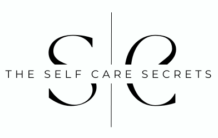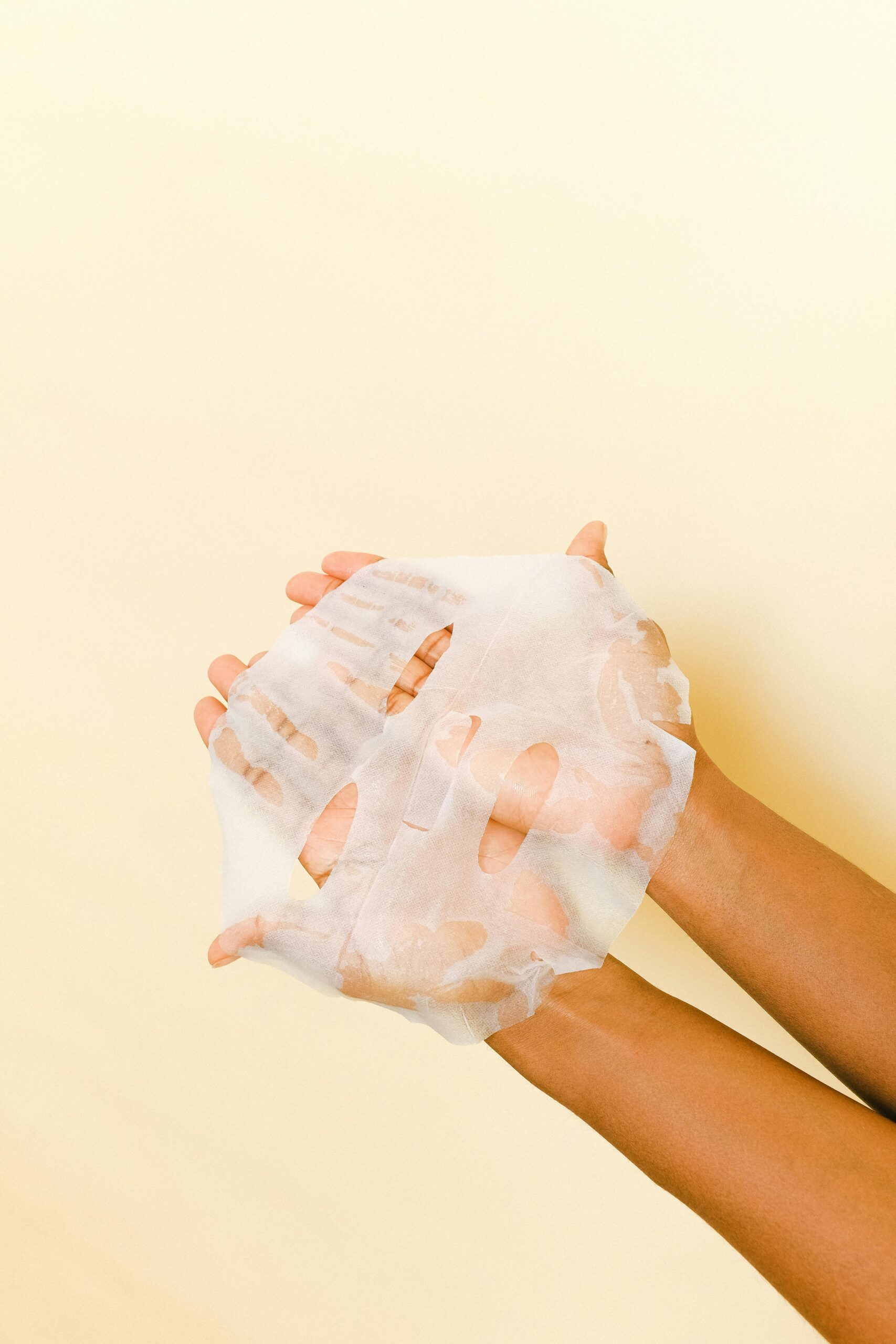Understanding a Damaged Skin Barrier: Signs, Solutions, and Care
Our skin is a remarkable organ, acting as the body’s first line of defense against environmental aggressors like bacteria, pollution, and UV rays. However, this barrier can become compromised, leading to various skin issues. In this article, we will explore what a skin barrier looks like and, more importantly, how to repair and nurture it effectively.
What is the Skin Barrier?
The skin barrier, or stratum corneum, is the outermost layer of the skin. Its primary function is to protect underlying tissues while maintaining hydration within the skin. When the barrier is intact, it helps regulate moisture levels and shields against harmful substances. However, factors such as environmental stressors, over-exfoliation, and inappropriate skincare can damage this protective layer.
Signs of a Damaged Skin Barrier

Identifying a compromised skin barrier is the first step in the healing process. Below are some common signs to watch for:
- Redness and Inflammation: The skin may appear flushed or irritated, often accompanied by itching.
- Dryness and Flakiness: A lack of moisture can lead to dry patches or flaky skin, making it feel rough to the touch.
- Increased Sensitivity: You may notice heightened sensitivity to products that previously felt comfortable. This can include stinging or burning sensations upon application.
- Breakouts: A damaged barrier can result in acne and other blemishes. This occurs as the skin struggles to defend itself against bacteria.
- Tightness: Skin may feel tight, like a dry sponge, especially after cleansing.
Recognizing these symptoms early can aid in restoring the barrier before further damage occurs.
Causes of Skin Barrier Damage
Understanding the factors leading to a damaged skin barrier is crucial for prevention and effective recovery. Here are several common contributors:
Over-exfoliation
Exfoliating too often or using aggressive scrubs can strip away the skin’s natural oils, leading to a vulnerable barrier. Exfoliation can be both physical and chemical however chemical exfoliation is usually overlooked. You may be trying to solve one skin problem eg acne or closed comedones by exfoliating however may not realise that actually your chemical exfoliant may be too harsh and making it worse. This may lead you to become stuck in a cycle as you then try to use more, which just makes things even worse.
Harsh Skincare Products
Many commercial cleansers and treatments contain alcohol, fragrances, and sulfates, which can irritate and dry the skin.
Environmental Factors
Extreme weather conditions, such as cold air or excessive sun exposure, can exacerbate skin dryness and damage.
Poor Diet
A lack of essential nutrients, particularly those needed for skin health (like vitamins E and C, and omega-3 fatty acids), can weaken the skin’s defenses.
Stress and Lack of Sleep
Both emotional and physical stress can lead to inflammation, while inadequate sleep can hinder the skin’s natural repair processes.
How to Fix a Damaged Skin Barrier

Luckily, a damaged skin barrier can often be repaired with a few strategic changes to your skincare routine and lifestyle. Here’s how:
Simplify Your Skincare Routine
When it comes to skincare just stick to the basics. ALL YOU NEED IS : Barrier serum, Moisturiser and SPF (then a cleansers in PM).
- Gentle Cleanser: Switch to a mild, non-foaming cleanser that won’t strip your skin of its natural oils.
- Avoid all Actives and Exfoliants: this is probably the most important. your skin is trying to heal so the main focus is on hydrating the skin. Take a break from all actives and chemical exfoliants (eg. Retinol, Vitamin c, BHA, AHA, Salicylic acid, Azelaic acid and Benzyol peroxide) until your skin heals (Minimum 2-3 weeks).
- Hydrate: Hydration is key! Use a hydrating serum, toner and/or essence to help lock in moisture before using a moisturiser.
- NO alcohol or fragrance… alcohol is very drying and that is the opposite of what we want. Moreover, fragrance can be very irritating… so it’s just best to avoid these.
SIDE TIP- When removing makeup and spf its important to double cleanse to prevent clogged pores. However when your barrier is damaged its crucial to be extra gentle, therefore when double cleansing use an oil based cleanser followed by a milky cleanser and remove it with a soft face towel instead of a cotton pad as this can create more friction and irritation to the skin.
Introduce Barrier-Repairing Ingredients
Incorporate products that support barrier function:
- Ceramides: Help restore the skin’s natural lipid barrier and retain moisture.
- Fatty Acids: Found in oils like jojoba or squalane, these help replenish lost lipids.
- Hyaluronic Acid: This powerful humectant attracts moisture to the skin, keeping it plump and hydrated.
- Niacinamide: Known to improve the skin’s elasticity and enhance its barrier function.
- Aloe Vera: is also very soothing, you can apply this first and let it dry before starting your skincare in the morning

Practise Sun Protection
Always apply a broad-spectrum sunscreen with an SPF of at least 30, even on cloudy days. This shields your skin from detrimental UV rays that can worsen damage as it can further increase and irritate redness alongside preventing the fading of acne marks.
SIDE TIP – When choosing an SPF, physical sunscreens are much better to use when the skin barrier is compromised as they have iron oxide which helps to calm the skin. Furthermore, they are less likely to clog pores so if you’re oily/acne prone its definitely worth investing in.
Maintain a Healthy Diet

To support skin health from the inside out:
- Eat a balanced diet rich in fruits, vegetables, nuts, and fish.
- Stay hydrated by drinking plenty of water throughout the day.
- Consider supplements like omega-3 fatty acids or probiotics to bolster skin health.
- Drink lots of water, stay hydrated from within!
Manage Stress
Engaging in stress-reducing activities like yoga, meditation, or regular physical exercise can have a profound impact on your skin’s health and resilience. Prioritizing good sleep habits—like maintaining a consistent sleep schedule—can also help in skin recovery.
Conclusion
A damaged skin barrier requires thoughtful recovery and care, but with the right strategies, you can effectively restore its function. By simplifying your skincare routine, introducing beneficial ingredients, and maintaining a healthy lifestyle, you can pave the way for resilient and healthy skin.
A damaged skin barrier can take anywhere from 2 weeks to multiple months to repair depending on how compromised the skin is, and more importantly how you take care of it. So be patient!
However, don’t hesitate to seek advice from a dermatologist if you notice persistent issues. Nurturing your skin barrier is not just about aesthetics; it’s essential for overall skin health and protection.
Takeaway Message: Nourish your skin by embracing simplicity in your routine and focusing on hydration and protection. Your skin will thank you!
Product recommendations for a simple barrier repairing routine:
- Oil Cleanser – Dermatica Caring Squalane Cream Cleanser
- water based cleanser – La Roch posay toleraine cleanser
- Barrier serum- HaruHaru wonder black rice serum(fragrance free)
- Moisturiser – Cetaphil moisturing lotion
- SPF(Chemical) – SKIN1004 – Madagascar Centella Hyalu-Cica Water-Fit Sun Serum SPF50+ PA++++
- SPF(Physical/Mineral ) SKIN1004 – Madagascar Centella Air-Fit Suncream Light SPF30 PA++++



